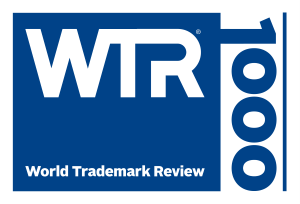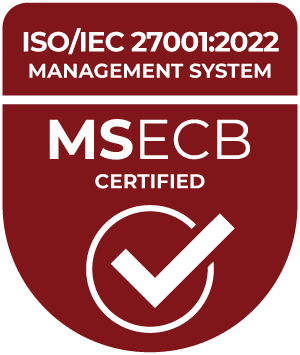Since Congress first began negotiating the “fewer than 500 employees” threshold for the application of the emergency paid family and sick leave under the Families First Coronavirus Response Act (FFCRA), our clients started asking what that actually means and which employees count and which do not toward the threshold. On March 24, the Department of Labor (DOL) issued much anticipated guidance on these FAQs. Among others, the DOL clarified the following important points regarding counting employees toward the 500-employee threshold:
- Employers should count their employees in the U.S. only.
- Part-time employees count, as do employees who are out on leave.
- Independent contractors are not considered for purposes of the 500-employee threshold.
- Separate companies generally are not the same employer unless, as we have been advising, they meet the integrated employer test under the Family and Medical Leave Act. That test looks at such factors as common management, interrelation between operations, centralized control of labor relations, common ownership and financial control to determine if sufficient integration exists.
- Even when one company has ownership in another, those two companies are deemed separate employers unless they would be considered a “joint employer” under the Fair Labor Standards Act. To be considered a joint employer, as established by guidance issued earlier this year, a company must “exercise significant control” over the terms and conditions of the employee’s work.
Please read the complete guidance, which also explains how to count employee hours for purposes of paid family or sick time off, and the amount and caps on payment during qualifying leave.
If you have any questions regarding this DOL Guidance or other Labor and Employment issues, please do not hesitate to contact Sonya Rosenberg or your Neal Gerber Eisenberg attorney.
—
The content above is based on information current at the time of its publication and may not reflect the most recent developments or guidance. Neal Gerber Eisenberg LLP provides this content for general informational purposes only. It does not constitute legal advice, and does not create an attorney-client relationship. You should seek advice from professional advisers with respect to your particular circumstances.












